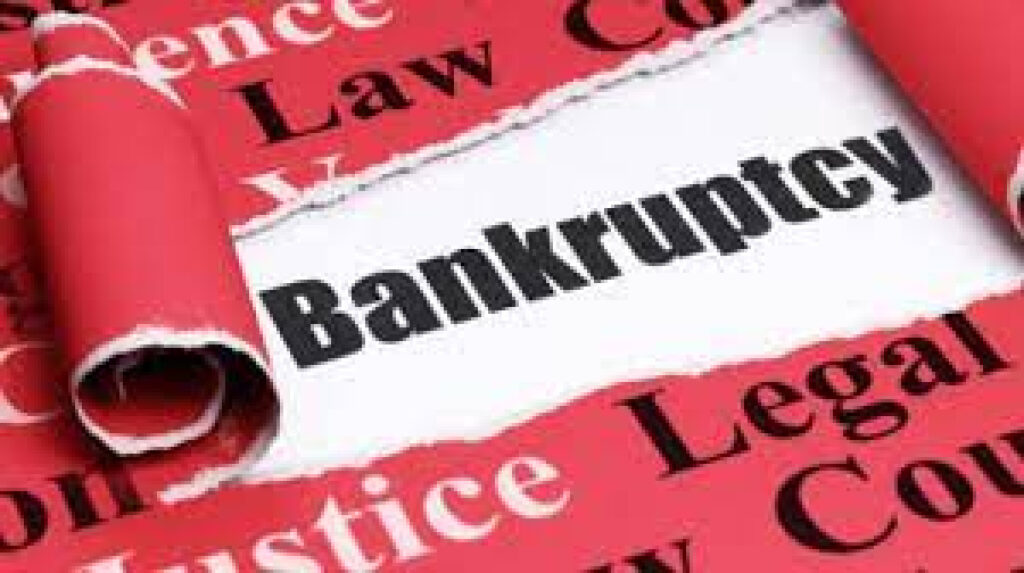LIQUIDATION PROCESS UNDER IBC: ACCOUNTING AND REPORTING REQUIREMENTS
Introduction: Liquidation is an essential component of the insolvency resolution process, ensuring the orderly winding up of a company’s affairs. In India, the Insolvency and Bankruptcy Code (IBC) provides a comprehensive framework for the liquidation of companies. As part of this process, accounting and reporting requirements play a crucial role in maintaining transparency, safeguarding the interests of stakeholders, and facilitating the distribution of assets to creditors. This article will delve into the accounting and reporting requirements associated with the liquidation process under the IBC.
- Appointment of a Liquidator: The first step in the liquidation process is the appointment of a liquidator. The liquidator, who may be an insolvency professional or a resolution professional, takes charge of the company’s affairs and becomes responsible for managing its liquidation. The liquidator assumes control over the company’s books, records, and other financial documents.
- Books of Accounts and Records: The liquidator is obligated to maintain accurate books of accounts and records throughout the liquidation process. These records include financial statements, ledgers, cash books, and other relevant documents. The books of accounts must reflect all the transactions and assets of the company, ensuring a transparent record of its financial position during liquidation.
- Valuation of Assets: The liquidator is responsible for conducting a comprehensive valuation of the company’s assets. This includes an assessment of tangible and intangible assets, such as property, plant, and equipment, inventory, intellectual property, and goodwill. The valuation exercise aims to determine the fair value of assets, which influences their subsequent distribution to the creditors.
- Realization and Sale of Assets: During the liquidation process, the liquidator takes necessary steps to realize and sell the company’s assets. The proceeds from the sale are utilized to repay creditors and meet the expenses incurred during the liquidation process. The liquidator must maintain a record of all asset sales, including details of the buyers, sale prices, and related expenses.
- Financial Statements and Reports: The liquidator is required to prepare periodic financial statements and reports, providing an overview of the company’s financial position throughout the liquidation process. These statements include the statement of affairs, which outlines the company’s assets, liabilities, and creditors. Additionally, the liquidator must submit reports to the concerned authorities, updating them on the progress of the liquidation.
- Communication with Creditors: The liquidator must communicate regularly with creditors, providing them with relevant information regarding the liquidation proceedings. This includes notifications regarding the verification and admission of claims, the realization and distribution of assets, and any proposed settlements. Transparent and timely communication with creditors ensures their active participation and helps protect their interests.
- Distribution of Assets: One of the primary objectives of the liquidation process is the fair distribution of the company’s assets among the creditors. The liquidator prepares a distribution schedule, outlining the priority and order in which the creditors will receive their dues. The accounting records and reports play a crucial role in determining the proportionate distribution of assets, ensuring equitable treatment of creditors.
- Finalization of Accounts: Upon completion of the liquidation process, the liquidator finalizes the accounts and prepares a final report. This report summarizes the entire liquidation process, including the realization and distribution of assets, settlement of claims, and any other significant events. The final accounts and report are presented to the stakeholders and authorities for their review and approval.
Conclusion: Accounting and reporting requirements form an integral part of the liquidation process under the Insolvency and Bankruptcy Code. These requirements ensure transparency, accountability, and equitable distribution of assets to the creditors. By maintaining accurate books of accounts, conducting proper valuations, and preparing timely financial statements and reports, the liquid.



